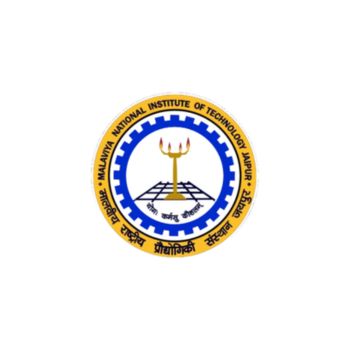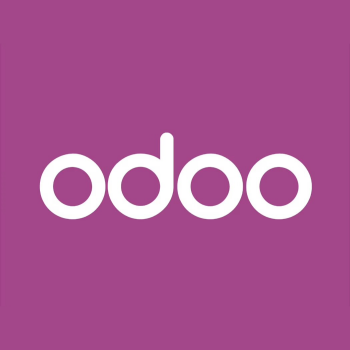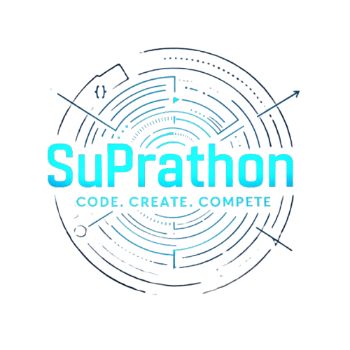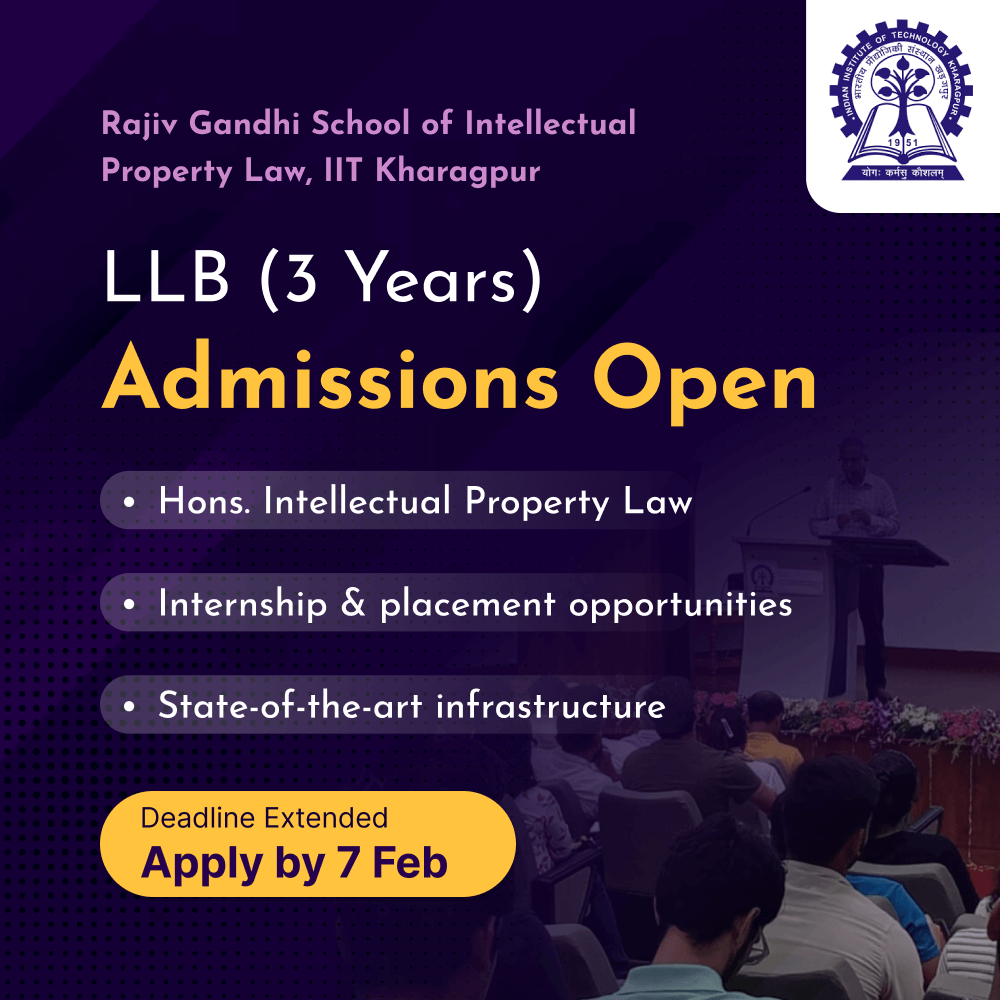Applications are invited for the HaRBInger 2024 – Reserve Bank of India’s Third Global Hackathon. The last date for the application is July 19, 2024.
About RBI’s Global Hackathon
A hackathon is an event organised to unite people and entities to develop innovative solutions for the existing challenges in specified areas through problem statements. The problem statements are worked upon by the participants, who include, but are not limited to, individuals, teams, and entities from the hardware/software and coding community during the limited time period of the hackathon.

The modus operandi of a hackathon is a competitive event where the participants submit ideas, create solutions, and exhibit the prototypes. The solutions are judged by a panel to arrive at the winner/s of the hackathon. The solutions thus achieved are primarily technology-driven, innovative solutions that the organisers can use or promote to refine existing processes.
About HaRBInger 2024
With the successful completion of two editions of HaRBInger, it is time for the next edition of the RBI global hackathon – ‘HaRBInger 2024 – Innovation for Transformation’ with new themes and a new set of problem statements. India’s journey in FinTech underscores a commitment to responsible innovation, inclusivity, trust, and confidence in the digital finance landscape.
The digitalisation of finance has transformed the payment landscape with near-instantaneous settlements, facilitating convenience and efficiency. Significant efforts continue to be made to fortify the financial sector against fraudulent activities. Some of these include fostering innovation for fraud mitigation by establishing dedicated cohorts in Regulatory Sandboxes for fraud detection, under which innovative products are tested, highlighting the risks of cyber threats through public awareness campaigns like “RBI Kehta Hai”, e-BAAT programmes, etc.
One of the problem statements of the first edition of HaRBInger was “Social Media Analysis Monitoring tool for detection of digital payment fraud and disruption”. Entities also use fraud detection techniques to detect and curb various frauds. However, this journey has also seen an increase in the potential for new types of fraud, with fraudsters deploying more sophisticated techniques to target customers. It is, therefore, crucial to address the challenges effectively and prevent fraudulent activities by promptly detecting suspicious behaviour and effectively countering fraudulent attempts.
Visually impaired people face challenges in availing financial services and remain one of the most vulnerable groups of society. Reserve Bank has prioritised inclusivity for the ‘Divyang’ in the realm of digital finance, mandating accessibility standards and promoting assistive technology development, thereby fostering equal access to finance. Other initiatives in this regard include “talking ATMs with Braille keypads” and “suitable infrastructure requirements specific to persons with disabilities in bank premises”. Further, one of the problem statements of the second edition of HaRBInger was “Innovative, easy-to-use, digital banking services for the differently abled (Divyang)”. To make financial services “Divyang Friendly”, there is a need to foster inclusivity in design by leveraging technology.
Problem Statements
To encourage innovation and new thinking in these areas, the Reserve Bank of India is organising its third global hackathon – HaRBInger 2024, with two themes across four problem statements. HaRBInger 2024 invites your innovative ideas for the problem statements as detailed below:
THEME 1: Zero Financial Frauds
I. Real-time prediction, detection and prevention of frauds in financial transactions using alternate sources of data, including publicly available information
The rise of real-time payments has led to increased social engineering frauds, where fraudsters deceive victims into sending money to fraudulent accounts. Given the rapid settlement of these transactions, retrieving the transferred funds presents a formidable challenge. Furthermore, while valuable, traditional data sources, such as credit reports and transaction history, offer a limited perspective on consumer behaviour. Immediate intervention is crucial to prevent such fraud and minimize financial losses. Prompt detection and reporting of fraudulent transactions are essential, as delays significantly diminish the chances of fund recovery. Additionally, leveraging alternate data sources provides a more sophisticated approach to identifying and mitigating fraudulent activities, offering deeper insights into users’ behaviour, lifestyle, and financial strength.
Participants are encouraged to develop solutions which may, in real-time, help in the detection and prevention of fraud using AI/ML, API, Data Analytics and other cutting-edge technologies. These systems should not only accurately identify fraudulent activities but also minimise false positives, using various data sources such as behavioural, biometric and social media data, quickly report and prevent further frauds, thus enhancing recovery prospects. Furthermore, participants are encouraged to utilize novel technologies to gather alternate data sources, enabling innovative use of information available in the public domain to predict fraudulent transactions and identify potential red flags overlooked by traditional data sources.
II. Ensuring transaction anonymity in token-based (CBDC) transactions while maintaining financial system integrity
In addition to ensuring the safety and security of digital transactions, it is also imperative to safeguard users’ privacy to instil public trust in the system. In this regard, there is a need to follow a cautious approach to ensure a balance between establishing the user’s identity and simultaneously preventing the erosion of privacy, especially regarding transaction details.
Participants are invited to develop new technology solutions that offer robust privacy of digital tokens like CBDCs without compromising on the transaction validation mechanism, system integrity, fraud mitigation measures and reporting requirements. Solutions may employ innovative ways of safeguarding anonymity and include features that allow anonymity within a threshold. Beyond the threshold, the solution should facilitate compliance with applicable AML/ CFT guidelines. Solutions should necessarily cater to the use case of digital tokens being issued within India’s regulated framework.
III. Identifying mule bank accounts/ payment wallets
Mule accounts are often utilised for illicit activities such as money laundering and fraud. In cyber fraud cases, the stolen money is frequently routed through multiple accounts before being withdrawn. Fraudsters dupe the victims into laundering stolen/illegal money via their bank account, and they are unknowingly complicit in criminal activity. They also suffer financial losses if their bank accounts are closed or frozen. It is challenging for law enforcement agencies and banks/ payment system operators to take prompt action and trace various hops of transactions.
Solutions may be developed using emerging technologies to identify the mule accounts, which may trace the transaction chain and raise alerts so funds can be blocked/ recovered if required. The solution may also analyse transaction patterns, detect suspicious activities associated with mule accounts, identify transaction behaviour anomalies and flag potential money laundering or fraud cases for further investigation.
THEME 2: “Being Divyang Friendly”
IV. Accurately identifying banknotes by visually impaired
Identifying currency notes can be a significant challenge for individuals with visual impairments. The aim is to solicit and build technological solutions to assist fully or partially visually impaired persons in accurately identifying and differentiating between various denominations of Indian banknotes in circulation, enhancing inclusivity in the financial landscape.
Participants are expected to design and develop innovative, accessible, secure, cost-effective, user-friendly, and adaptable devices/solutions that utilize technologies such as computer vision, machine learning, optical character recognition (OCR), haptics, or wearable devices, etc.
The solutions should improve existing features available in the market and empower visually impaired individuals to identify and manage currency notes independently in their daily lives. It may be noted that proposals for change in any design or security features (visible or invisible) of the banknotes will not be accepted.
Eligibility
- All entities, teams or individuals (eighteen years and above) eligible to enter into a contractual agreement are eligible to apply.
- Further, the product/solution should have an element of innovation or novel application of technology serving the common good.
- Participants from all backgrounds and geographies are welcome, albeit knowledge about the Indian financial services market and consumers is preferred.
How to Apply?
HaRBInger 2024 is owned and sponsored by RBI and is hosted on the Application Programming Interface Exchange (APIX) platform. Participants may register for the hackathon by clicking this link and submitting their proposal after registration.
Applications will be received only through the online process. RBI will shortlist the most promising solutions for further stages of the HaRBInger 2024.
Other Details
- Once registered, select the problem statement and submit your proposal on the platform. Please complete the responses for all the proposal questions.
- You may apply for multiple problem statements if you fulfil all the criteria in each category. Your solution can aim to address the needs covered by more than one problem statement.
- They are looking at the proposition’s uniqueness and the business model’s feasibility in achieving the desired goal.
- Applications will be received only through the given link.
- HaRBInger 2024 shall run in four phases: screening of entries (Phase I), shortlisting of entries for Solution Development (Phase II), Solution Development (Phase III), and evaluation and selection of winners (Phase IV).
- RBI will shortlist the most promising solutions for the finals.
- The shortlisted entities need to submit a working solution, which will be evaluated to decide the winners.
- During the finals, the winners will be selected based on certain evaluation criteria, i.e., understanding the problem, innovation, solution comprehensiveness, ease of implementation, demonstration/user experience, etc.
Important Dates
Registration & submission of the proposal
- Start Date: June 07, 2024.
- End Date: July 19, 2024.
Prizes
- Winners in each category of problem statements will get a prize of INR 40 lakh.
- Special prize: INR 20 lakh to the best ‘all-women team’ (comprising only women members) across all four problem statements.
- Stipend: INR 5 lakh will be awarded to teams shortlisted for Solution Development (Phase III) to cover the cost of developing a prototype.
Contact Us
- For HaRBInger 2024-related queries, please send mail to harbinger2024@rbi.org.in
- For technical queries during the registration or proposal submission process, please reach out to support@apixplatform.com
Deadline
The last date for the application is July 19, 2024.











